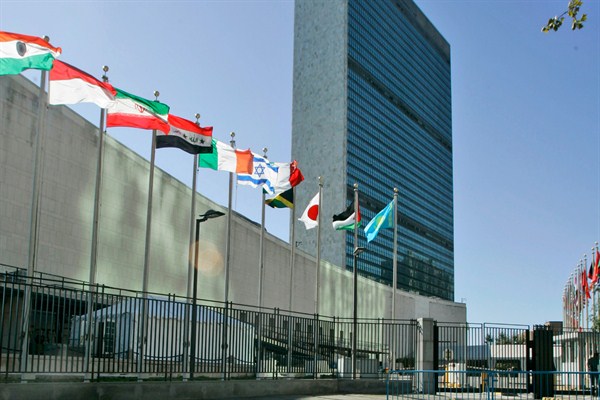Bemoaning the death of the “liberal international order” began as a cottage industry under President Barack Obama. It has gone to scale under President Donald Trump. The reason is obvious: The main threat to an open, rule-bound world order no longer comes from outside, but from within. The American foreign policy establishment is in full grief mode as the Trump administration dismantles the handiwork of its predecessors.
Before mourning, though, it makes sense to confirm that the deceased was once actually alive. A year ago in Beijing, I encountered a Chinese scholar of revisionist bent. After several Americans lamented the fate of the liberal world order, he questioned whether the rosy past they missed had ever existed. Sure, the U.S.-led postwar system had had a good run. But it had not been especially liberal, truly international, nor particularly orderly.
In the past year, radicals, realists and libertarians have offered their own withering critiques. The very mention of the phrase liberal international order makes some on the left reach for their anti-imperialist ammunition. Meanwhile, Harvard’s Graham Allison dismisses the “myth of the liberal order.” He attributes the “long peace” after 1945 not to U.S. support for—much less willingness to follow—international rules, but to a combination of U.S. power and nuclear weapons. Fellow realist Stephen Walt chastises the U.S. foreign policy “blob” for inhaling its own idealist exhaust, while embroiling the United States in one misadventure after another. In a similar vein, the Cato Institute’s Patrick Porter ridicules the Washington establishment’s “nostalgia” for an imaginary world bearing no resemblance to the real, coercive one America created through military might.

